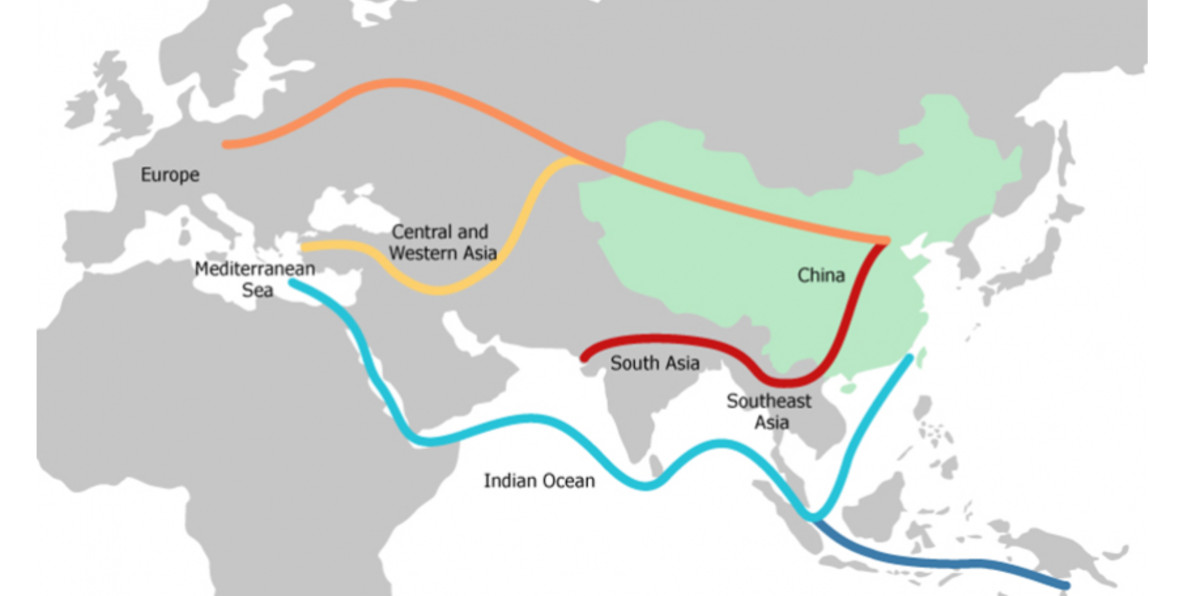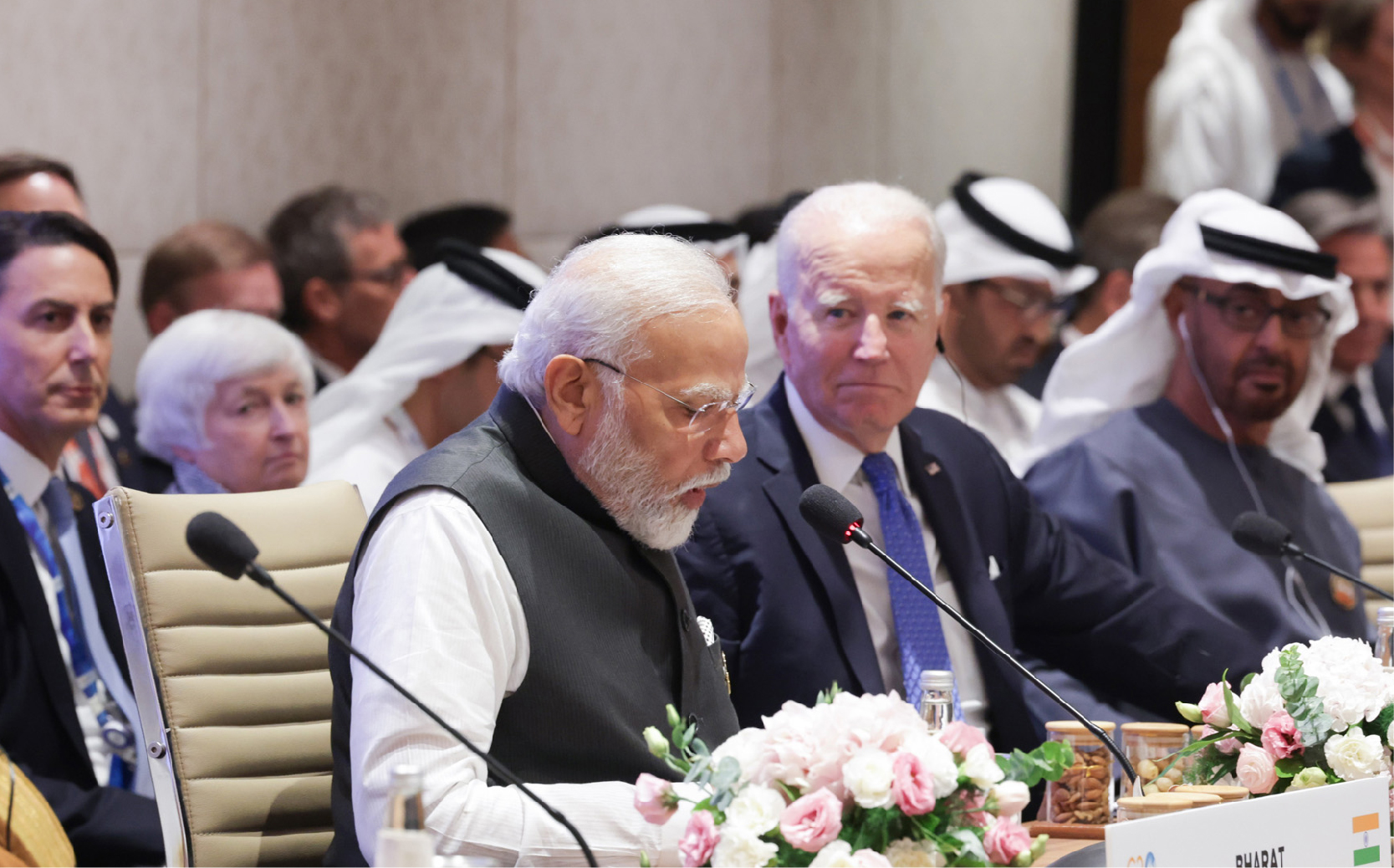PGII is an infrastructure plan which was first announced in 2021 during the G7 summit in the UK. Though the US President had earlier called it the Build Back Better World (B3W) framework, it is now known as PGII. (G7 or Group of Seven, includes the UK, the US, Canada, France, Germany, Italy, Japan, and the EU).
In 2022, the PGII was officially launched as a joint initiative of G7 (during the G7 summit in Germany) to help fund infrastructure projects in developing countries through public and private investments.
The PGII collectively aims to mobilise nearly $600 billion from the G7 by 2027 to invest in critical infrastructure that improves lives and delivers real gains for the people of the Global South. Essentially, the G7 resolved to showcase their alternative framework for infrastructure projects undertaken and sponsored by China under the BRI on a global scale.
The stated purpose of both the PGII and the BRI is to help secure funding for countries to build critical infrastructure such as roads, ports, bridges, communication setups, etc., to enhance global trade and cooperation.
Objectives of PGII
- To tackle the climate crisis and ensure global energy security through clean energy supply chains.
- To develop the projects that will focus on bolstering digital Information and Communications technology (ICT) networks facilitating technologies such as 5G and 6G internet connectivity and cybersecurity. It also plans a Fibre-optic cable project to link Europe and Latin America.
- PGII aims to advance gender equality and equity.
- It also stresses on upgrading global health infrastructure. For example The U.S International Development Finance Corporation (DFC), along with the G7 nations and the EU are disbursing a 3.3 million USD technical assistance grant to build a vaccine facility in Senegal.
How will PGII Counter China’s BRI?

- PGII has laid focus on climate action and clean energy, while China has built large coal-fired plants under BRI along with solar, hydro, and wind energy projects.
- PGII aims to build projects through grants and investments. China builds BRI’s projects by extending large, low-interest loans to countries that have to usually be paid over 10 years.
- Under the PGII, large private capital will be also mobilized while China’s BRI is majorly state-funded.
- While the G7 has pledged 600 billion USD by 2027, It has been estimated that China’s overall funding for BRI by that time could reach 1.2 USD to 1.3 trillion US Dollar.
- While G7 leaders emphasized ‘transparency’ as the cornerstone of PGII projects, the BRI has faced criticism for making countries sign confidential tenders for extending massive loans, leaving countries indebted to China. For instance, after the BRI’s 62 billion USD China-Pakistan Economic Corridor (CPEC), Pakistan owes Beijing a large proportion of its foreign debt.
Related concepts
- The Blue Dot Network (BDN) is a joint project of the United States, Japan, and Australia that was founded in 2019 to support investment in high-quality infrastructure projects around the world.
- In 2021, the success of the BDN program influenced the adoption of the Build Back Better World (B3W) initiative by the Group of Seven (G7) nations. However, it did not register much progress.
- In 2022, at the 48th G7 summit in Germany, the Build Back Better World (B3W) initiative was relaunched and renamed as the Partnership for Global Infrastructure and Investment (PGII).



Comments
Write Comment